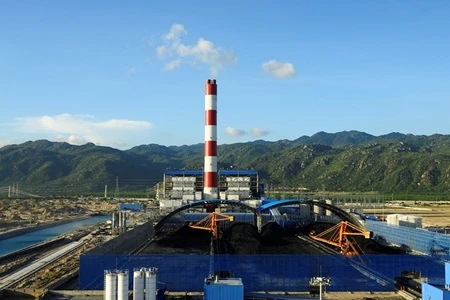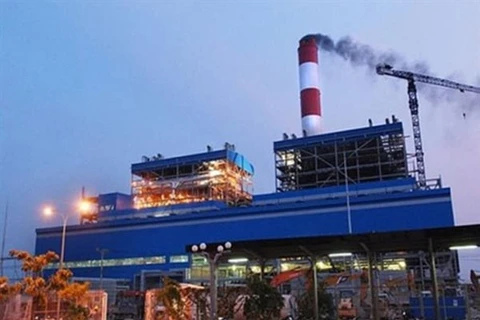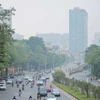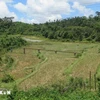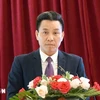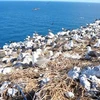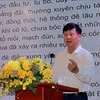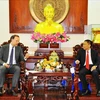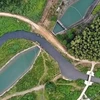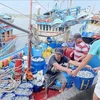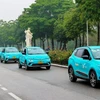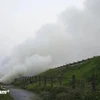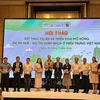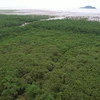 Ash can be recycled in cement projects, helping consume between 6 and 8 million tonnes of ash per year (Illustrative image. Source VNA)
Ash can be recycled in cement projects, helping consume between 6 and 8 million tonnes of ash per year (Illustrative image. Source VNA) Hanoi (VNA) – Making effective use of waste from thermal power plants to save natural resources and protect the environment is urgent given Vietnam’s increasing demand for electricity.
According to the Department of Waste Management and Environment Improvement under the Vietnam Environment Administration (VEA), the country has 26 thermal power plants in operation with total capacity of 13,810 MW, which consume roughly 47.8 million tonnes of coal each year and discharge more than 16.4 million tonnes of ash and gypsum per annum.
By 2020, another 15 coal-fired thermal power projects will be put into operation with installed capacity of nearly 24,370 MW, consuming close to 60 million tonnes of coal per year.
Many factories have been discharging ash and cinder at dumping sites, causing a high risk of environmental pollution.
Director of the Department of Waste Management and Environment Improvement Nguyen Thuong Hien said some establishments are studying building ash sorting and processing plants to produce standardized cement and other building materials.
On September 23, 2014, then Prime Minister Nguyen Tan Dung issued Decision No.1696/QD-TTg on measures to treat ash, cinder and gypsum from thermal power, chemical and fertiliser plants for the production of building materials.
Later on April 12, 2017, PM Nguyen Xuan Phuc issued Decision No.452/QD-TTg approving a scheme on the processing and use of ash, cinder and gypsum discharged from thermal power, chemical and fertiliser plants.
Experts from the VEA suggested the Ministry of Construction promulgate legal documents, technical standards and guidance and economic norms for the treatment and use of ash and cinder so they could be used in the production of construction materials.
The Ministry of Industry and Trade needs to draft out plans and roadmaps to close ineffective thermal power plants using out-of-date technologies and causing huge emissions of pollutants.
According to the Ministry of Construction, ash and cinder have high potential for usage in construction if they meet criteria for treatment. Ash can be recycled in cement projects, helping consume between 6 and 8 million tonnes of ash per year.-VNA
VNA
